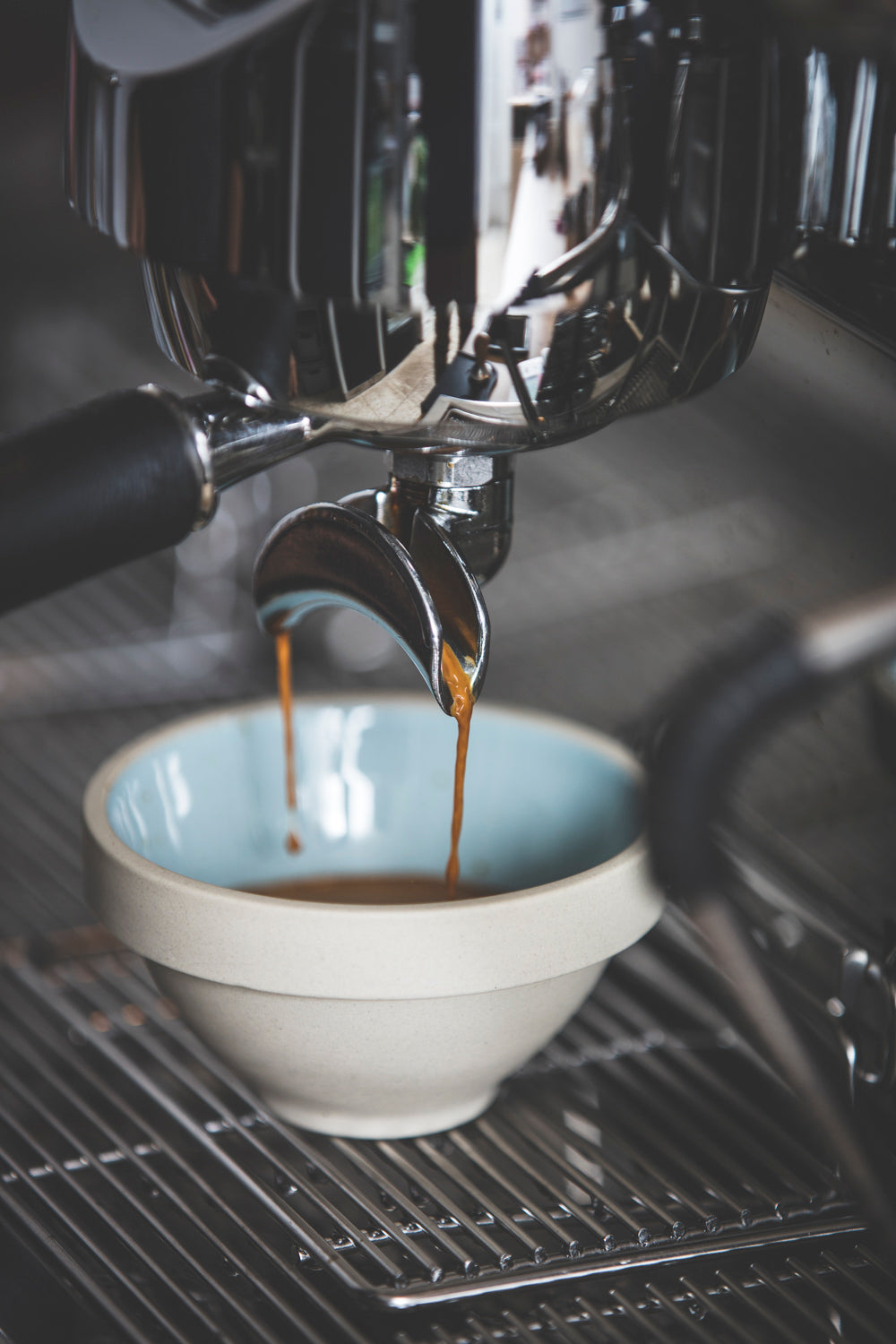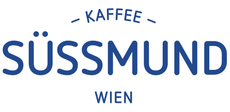Buy espresso
An espresso provides the necessary energy boost in the morning or between meals. But it also has to taste good. Treat yourself to your very own personal break and discover our exquisite varieties. You can choose between fruity & complex,
Balanced & sweet or dark & full-bodied – whatever your personal taste. Buy espresso now and enjoy espresso roasted in Vienna with every single sip!
Availability (1)
Price
No products in this collection
Buy espresso from Süssmund Kaffee

The espresso for true connoisseurs

The origin of espresso
Frequently Asked Questions
What defines a good espresso?
How do espresso beans and filter coffee beans differ?
Do espresso beans have more caffeine than filter coffee beans?
